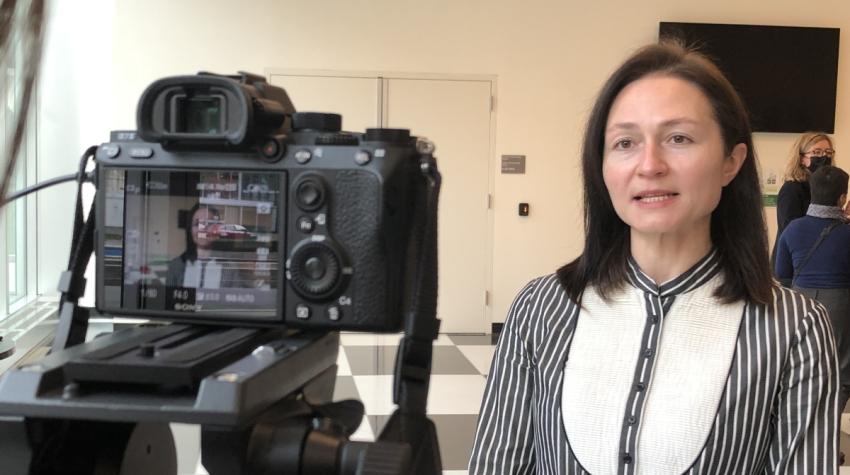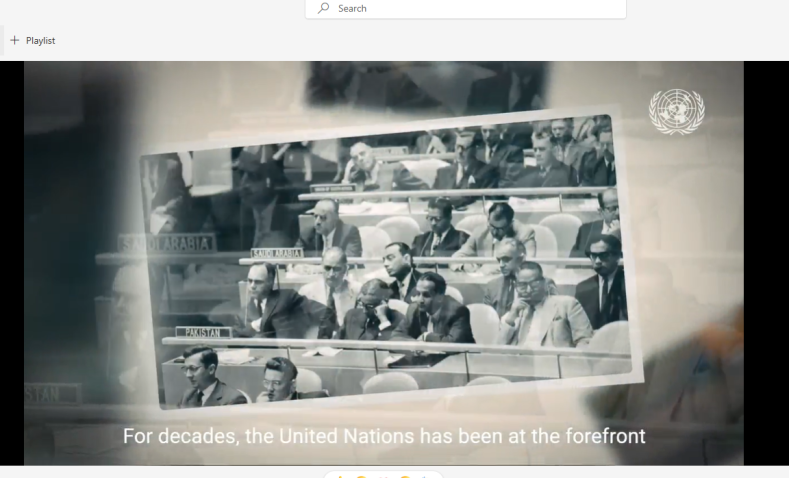Piercing sirens, background chit-chat, muffled sound, dinging devices.
These sounds might seem benign, but combined with a spotty Internet connection and inadequate equipment, they can easily distort a speaker’s message during an intergovernmental meeting.
They can also impact the ability of an interpreter to interpret and, in some instances, the health of conference interpreters.
Good sound quality is crucial for interpreters to be able to do their job, and with the increase in the number of virtual meetings, this quality is no longer guaranteed.
Of course, virtual meetings are a vital part of the business continuity plan allowing the Organization to conduct its work, but they often pose technical challenges that in turn impact simultaneous interpretation.
Together with the Interpretation Service in New York, the Communications Team of the Department for General Assembly and Conference Management (DGACM) has developed a series of infographics and videos on best practices for participants in virtual UN meetings where interpretation is provided.
These tips will help speakers improve their sound quality to make sure their voices are heard.
The visuals and videos are available in the six official languages of the United Nations and are being shared weekly through March on the DGACM Twitter accounts (Arabic, Chinese, French, English, Russian and Spanish), DGACM’s YouTube Channel, and the UN website.
Designed and filmed in-house by our small team of interpreters and communication officers, the series aims to shed light on the complex challenges behind sound processing and when it is non-ISO compliant.
It proposes simple solutions that are easy to implement.
Requiring only a few months of collaboration from the campaign’s inception to its roll-out, it was an exciting project that gave our staff a chance to showcase their creative talents as well as editing and technical skills behind the scenes.
We hope you like the result!


